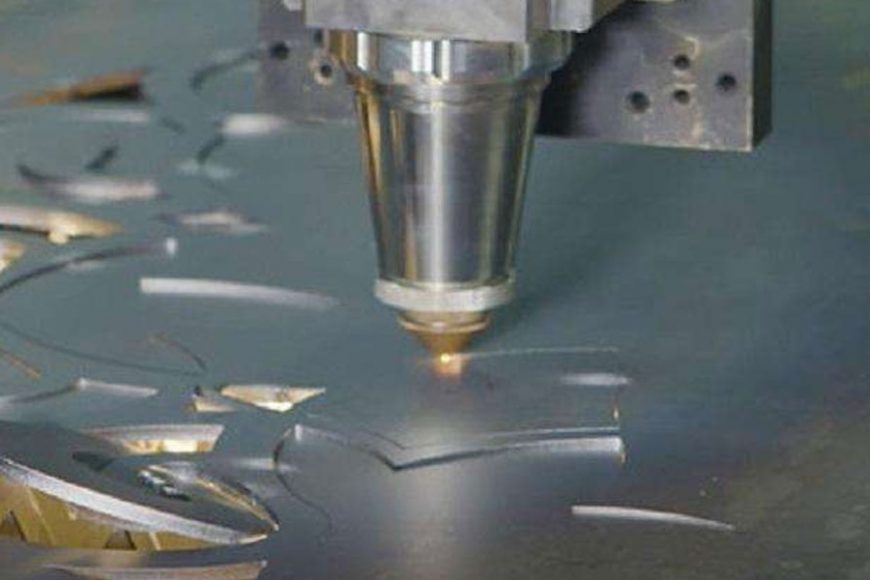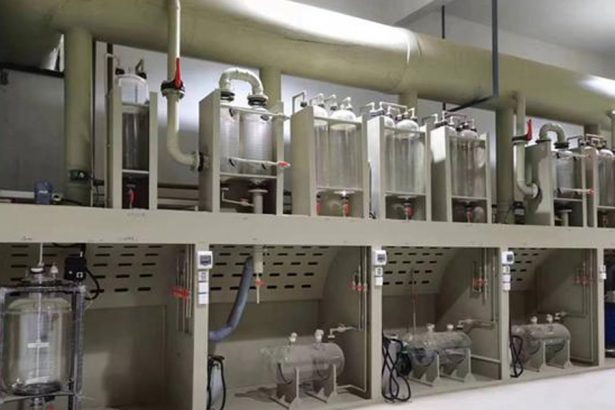Manufacturing metal parts is a precise and intricate process that requires careful planning and execution. One of the key factors in metal part production is the configuration of various components. Whether you’re working on a custom project or mass-producing parts, understanding how to configure metal components efficiently can save time, resources, and ultimately lead to a better final product. In this article, we will explore the concept of metal part configuration and break it down into four simple steps that anyone can follow to achieve success in metalworking.
Step 1: Define Your Requirements
The first step in metal part configuration is defining your requirements. This involves a clear understanding of the purpose and specifications of the metal part you intend to create. What are the material requirements, size, shape, and functionality of the part? Consider the environmental conditions it will be subjected to and any regulatory standards it must meet. Defining these requirements will serve as the foundation for your entire configuration process.
Step 2: Select the Appropriate Materials
Choosing the right materials for your metal part is crucial. Factors such as strength, durability, and corrosion resistance are all key considerations in material selection. Additionally, you need to factor in the cost of materials and their availability. Depending on your requirements, you may choose from various types of metals, including steel, aluminum, copper, or specialty alloys. Selecting the appropriate material is a critical decision that impacts the performance and longevity of your metal part.
Step 3: Design and Modeling
The design and modeling phase is where the magic happens. You need to create a detailed design of your metal part, including its dimensions, shape, and features. This is often done using computer-aided design (CAD) software, which allows for precise modeling and visualization. At this stage, consider factors such as manufacturability, assembly, and any necessary modifications to ensure your design is feasible and cost-effective.
Moreover, you might want to consult with engineers and experts in the field to ensure your design aligns with industry best practices and standards. This step is a critical component of the metal part configuration process, as it provides the blueprint for the manufacturing phase.
Step 4: Manufacturing and Quality Control
With a well-defined design and material selection in hand, it’s time to move on to the manufacturing phase. Depending on the complexity of your metal part, you may need to choose the appropriate manufacturing method, whether it’s machining, casting, forging, or 3D printing.
Throughout the manufacturing process, quality control measures are essential to ensure the final product meets the established requirements and specifications. This involves inspections, measurements, and testing to identify any defects or inconsistencies. Only by maintaining strict quality control can you guarantee the reliability and safety of your metal part.
Conclusion
In conclusion, configuring metal parts may seem complex, but by breaking the process down into four simple steps, it becomes more manageable. From defining your requirements and selecting the right materials to detailed design and thorough manufacturing, each step plays a crucial role in achieving success in metalworking. By following this guide, you can confidently tackle metal part configuration, leading to the creation of high-quality, functional, and reliable metal components. Whether you’re a professional engineer or a DIY enthusiast, these four steps will guide you toward success in your metalworking endeavors.




